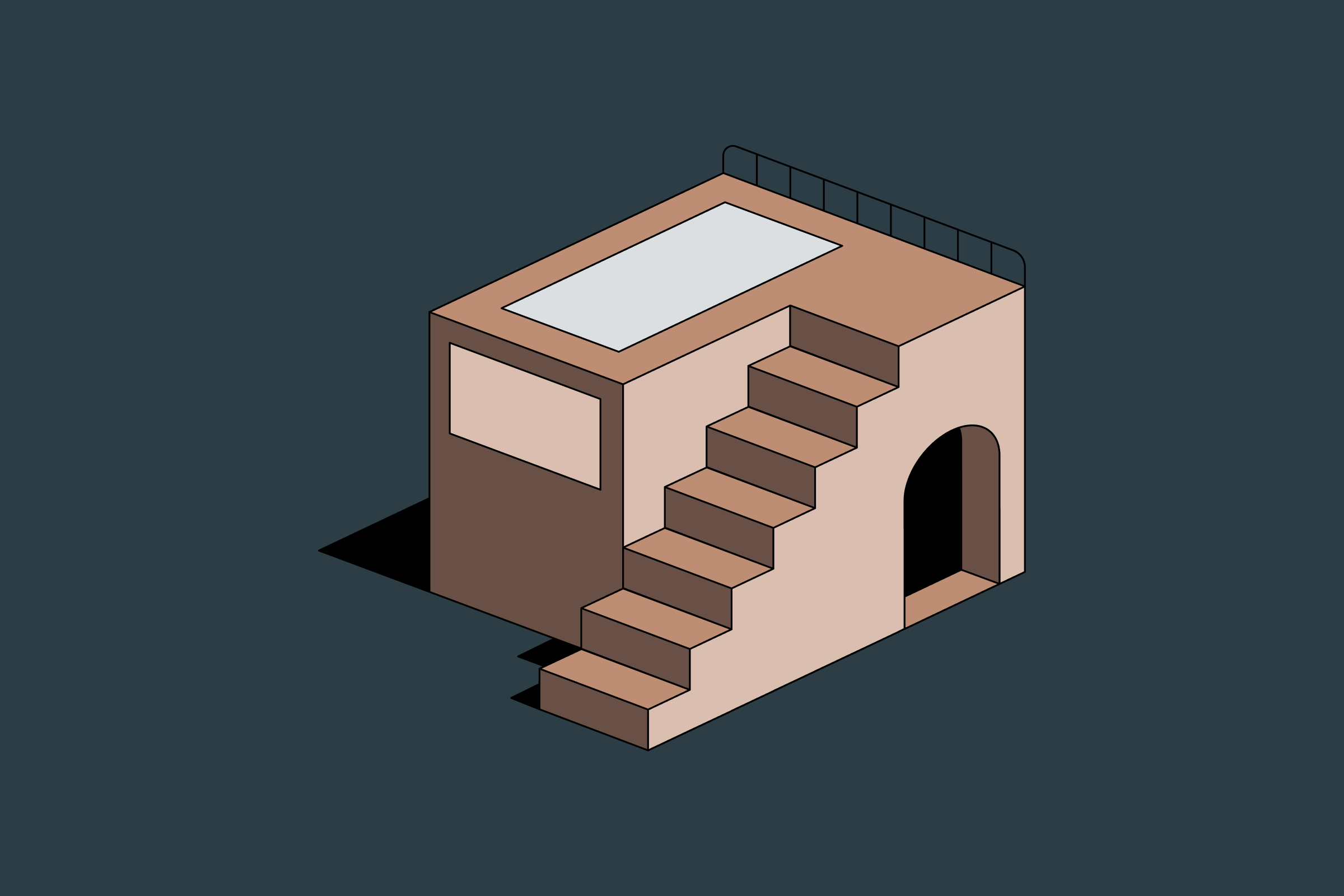If you’re a junior designer, most likely you’re looking for a job. The most important thing that recruiters are looking for is a strong portfolio and experience. While you can’t speed up your years of experience, you definitely can make a stronger portfolio by investing your time in it.
I had the chance to actually review a lot of portfolios while I was hiring and looking for inspiration, learning how other designers present their skills and projects. And many portfolios share the same flaws, especially within junior UX designers.
Lack of projects in a portfolio
If you just have one or two projects in your portfolio that simply means you never took the time and effort to actually explore and create anything on your own. Most of the time it was just a boot camp or course project, after which a designer decided to stop working on a portfolio and simply wait for the job to come. It doesn’t work like that.
You are free to make any conceptual project you can possibly think of, and for a junior designer portfolio, it mostly doesn’t matter if the project had a real client. And if you have only one project it simply means that you don’t have enough motivation to work in this field – which says a lot for the recruiter.
Not targeting your portfolio
Your portfolio should be tailored to get you a job. Your case study should show as best as possible why you are the right choice over anyone else, so looking and talking like everyone else is not doing you any favors. Your design portfolio needs to picture your strengths and show why you’re the right choice over other designers.
Ideally, you’d have at least one project in an industry that you’re interested in and a few others in the same discipline (let’s say UI/UX design). When every portfolio case is a different industry at medium it’s usually a red flag.
Placing skills proficiency in portfolio
This is something you should never place on your CV or the website, although a lot of templates have it. You’ve probably seen that when hard skills, such as Figma or Adobe photoshop being measured in percentages or stars (like 4 out of 5). This is silly and makes no sense at all, as there’s no way to compare skills in any absolute or even relative unit. For real.
Relying on certificates
Any courses and self-education are definitely very important. You learn a lot from books and practical workshops, improving your skills and overall design awareness. But your hiring manager wouldn’t be interested in any badges or certificates you have – you’re doing it only for your own good.
Long process-focused case studies
People scan, they don’t read. Keep it brief and get to the point. You need to capture your reader’s attention, as most likely they would be looking at your case study for less than a minute. How to do that? Start with story structure and key points, then support it with visuals and add more text content where needed. Don’t write too many details and remember that you would have an interview for a full project overview.
A UI is like a good cover for your book, aesthetically pleasing presentation would always get people’s attention, it sells. Think of your project presentation as a project on its own and dedicate enough time to make it. For some projects, I spend 20+ hours just making a decent presentation.



